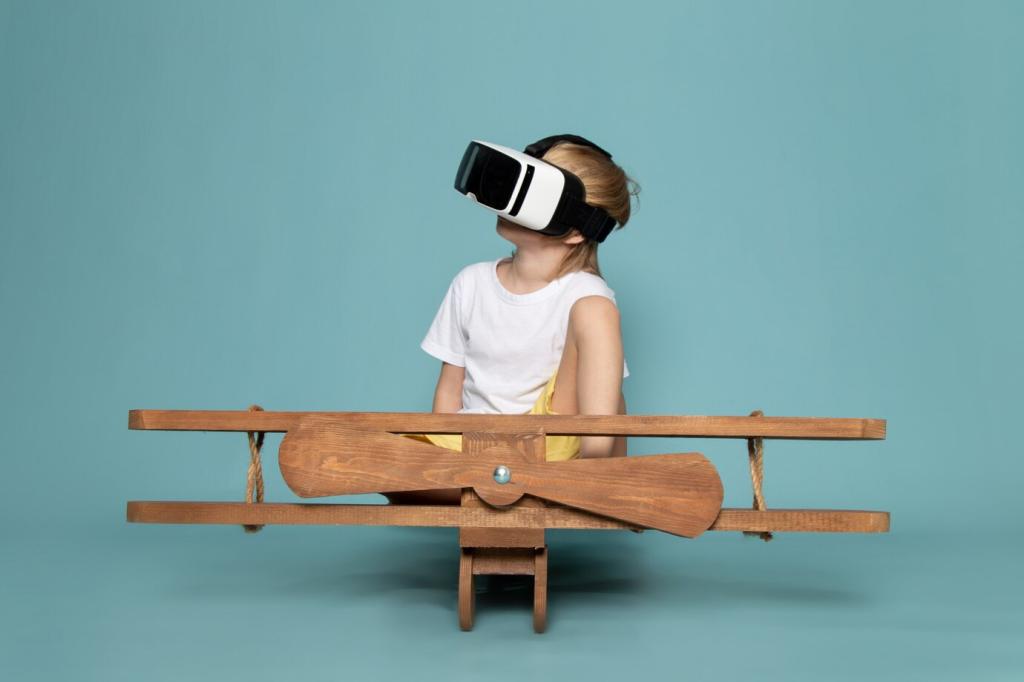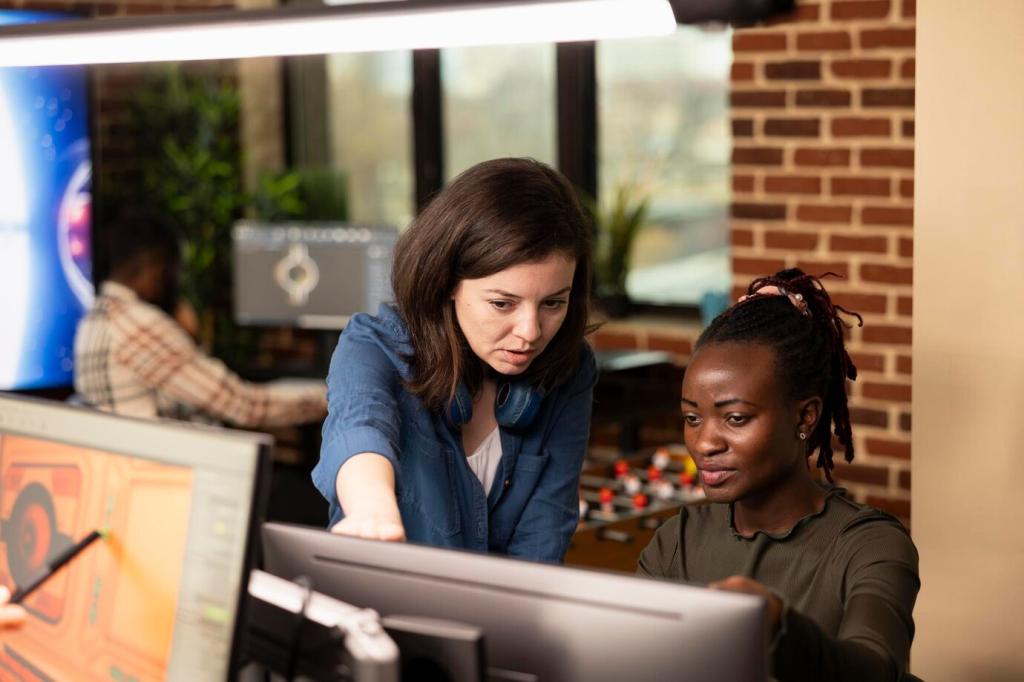Future Trends in Virtual Reality Educational Tools
Virtual reality (VR) is rapidly reshaping the educational landscape, offering immersive and interactive ways to learn that were once unimaginable. As hardware becomes more accessible and content creation tools advance, VR is becoming an integral part of classroom and remote learning experiences. This page explores the emerging trends that will define the next generation of VR educational tools, examining technological breakthroughs, curriculum integration, personalized learning opportunities, and the broader implications for learners and educators alike.

The Rise of Immersive Learning Environments
Realistic Simulation and Role-Playing
Realistic simulation in VR allows students to step into environments that mirror real-life situations—such as laboratories, historical sites, or medical settings—without physical limitations. This approach facilitates experiential learning, where learners not only absorb information but also apply it by making decisions and observing results in real-time. Role-playing scenarios further extend this by putting students in the shoes of different professionals or historical figures, fostering empathy, problem-solving, and critical thinking skills that are difficult to cultivate through conventional learning methods.
Expansion of Collaborative Virtual Classrooms
As VR technology matures, virtual classrooms are becoming more interactive and collaborative. Students located miles apart can meet in the same virtual space, work on group projects, communicate through avatars, and share digital resources seamlessly. This trend is breaking down geographical barriers and enabling global collaboration, while also making it easier for instructors to monitor and support group dynamics. Enhanced social presence in VR helps to foster a sense of community, which is essential for motivation and meaningful learning experiences.
Gamification for Enhanced Engagement
Gamification elements are being increasingly integrated into VR educational tools, making learning an active and rewarding process. By incorporating challenges, rewards, levels, and storytelling, educators can capture students’ attention and encourage perseverance. As VR game mechanics evolve, they offer data-driven feedback, adaptive difficulty levels, and creative problem-solving opportunities which sustain engagement for longer periods and cater to various learning styles.

Personalized and Adaptive Learning Experiences
Advanced VR educational tools are leveraging real-time data collection to provide immediate, actionable feedback. As students interact with virtual scenarios, their responses and decisions are tracked, analyzed, and used to inform personalized instruction. This instant assessment enables both learners and educators to identify areas of strength and weakness, tracking progress with a precision unattainable in traditional classrooms. Such responsive systems promote a growth mindset, encouraging learners to view challenges as opportunities for improvement.
Accessibility and Inclusivity in VR Learning
Emerging VR platforms are increasingly incorporating customizable interfaces, alternative input methods, and multimodal sensory options. These adaptations enable students with physical, sensory, or cognitive disabilities to fully participate in virtual lessons. Voice commands, haptic feedback, and adjustable visual displays are just some of the innovations making VR more accessible. By prioritizing universal design principles, developers are creating tools that adapt to users rather than requiring users to adapt to the technology.
Previous
Next
